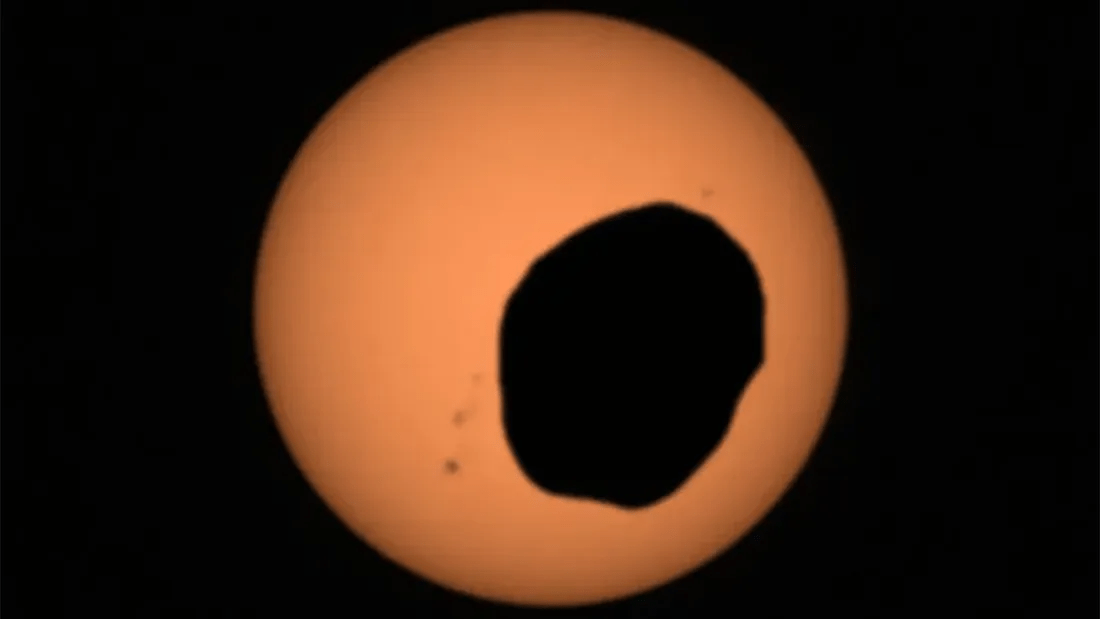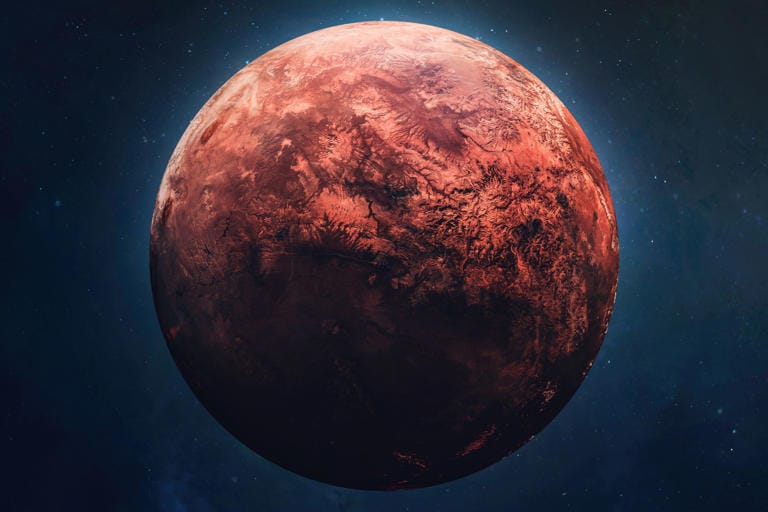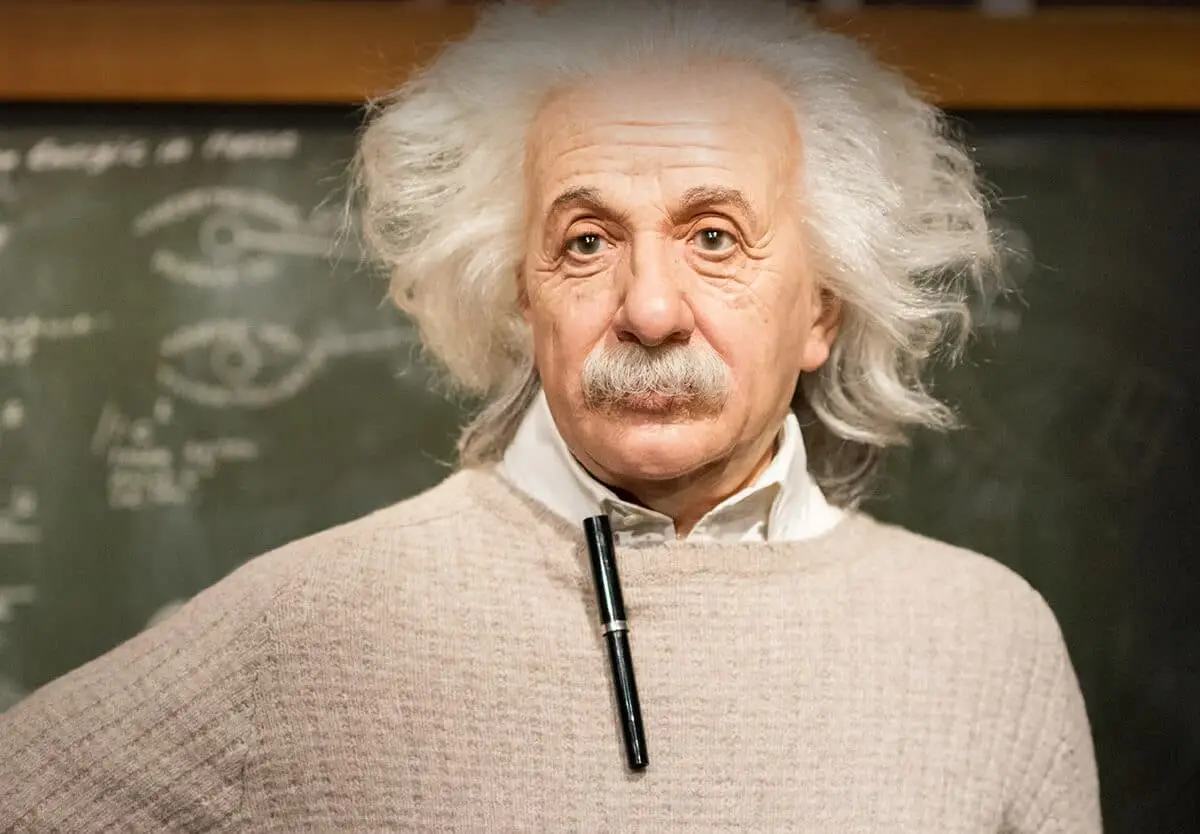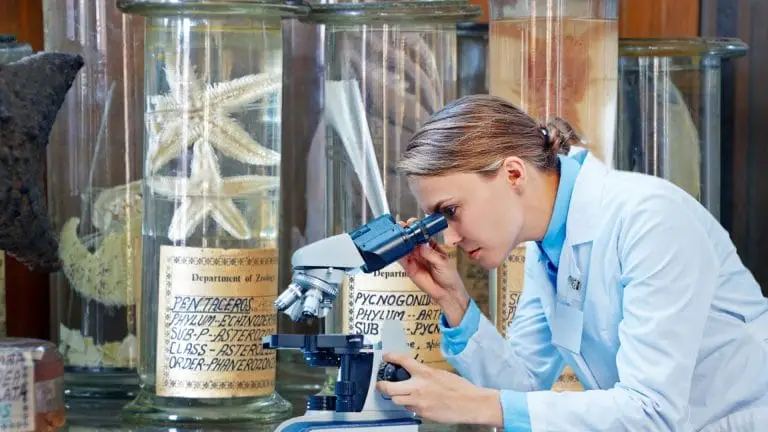- RESEARCHDistance Learning at AIU is enhanced by vast academic resources and innovative technologies build into the Virtual Campus: Hundreds of self-paced courses with video lectures and step by step lessons, thousands of optional assignments, 140,000 e-books, the Social Media & Networking platform allowing collaboration/chat/communications between students, and MYAIU develop students holistically in 11 areas beyond just academics.
- PROGRAMS OFFERED
- Areas of Study
- Courses and Curriculum
- Open Courses
- Register for a Program
- Associate Program
- Associate in Addiction Counseling
- Associate in Agriculture Food And Resources
- Associate in Anti Terrorism Security
- Associate in Behavior Analysis In Special Education
- Associate in Bioethics
- Associate in Climatology
- Associate in Cultural Theological Communication
- Associate in Culinary Arts
- Associate in Ecotechnology
- View all Associates Programs
- Bachelor Program
- Bachelors in Community Development
- Bachelors in Environmental Science
- Bachelor in Education (B.Ed, BS)
- Bachelors in Economics
- Bachelors in Entrepreneurship
- Bachelors in Financial Administration
- Bachelors in Human Resource Management
- Bachelors in Linguistics
- Bachelors in Nutritional Science
- Bachelors in Occupational Health and Safety
- Bachelors in Psychology
- View all Bachelor Programs
- Doctorate Program
- Doctor | of Biology (PhD)
- Doctorate in Business Administration (DBA, PhD)
- Doctor of Economics (PhD)
- Doctor of Electrical Engineering (D.Sc, PhD)
- Doctor of Finance (PhD)
- Doctorate in International Relations
- Doctorate in Information Technology (D.Sc)
- Doctor of Legal Studies (PhD)
- Doctor of Project Management (PhD)
- Doctor of Sociology (PhD, D.Sc)
- Doctorate in Sustainable Natural Resources Management
- View all Doctorate Programs
- Master Program
- Postdoctoral Program
- Postdoctoral in Animal Science
- Postdoctoral in Anti Terrorism Security
- Postdoctoral in Behavior Analysis In Special Education
- Postdoctoral in Bioethics
- Postdoctoral in Blockchain Technology and Digital Currency
- Postdoctoral in Business Management
- Postdoctoral in Cloud Computing
- Postdoctoral in Computer Engineering
- View all Postdoctoral Programs
AIU offers a wide range of majors in areas including the Arts, Business, Science, Technology, Social, and Human studies. More than 120 degrees and programs are available for adult learners at the associate’s, bachelor’s, master’s, doctoral and postdoctoral level. - VIRTUAL CAMPUS
Distance Learning at AIU is enhanced by vast academic resources and innovative technologies build into the Virtual Campus: Hundreds of self-paced courses with video lectures and step by step lessons, thousands of optional assignments, 140,000 e-books, the Social Media & Networking platform allowing collaboration/chat/communications between students, and MYAIU develop students holistically in 11 areas beyond just academics.
- ALUMNI
The world is YOUR campus!”, that is the message of AIU’s month magazine Campus Mundi. Hear the voices and see the faces that make up AIU. Campus Mundi brings the world of AIU to you every months with inspirational stories, news and achievements by AIU members from around the world (students and staff are located in over 200 countries).
Unraveling Mars: The Lost Moon Hypothesis and Its Implications for Planetary Geology

What evidence could support or refute the existence of the hypothetical moon Nerio, and how might future missions to Mars contribute to this inquiry?
In what ways does the lost moon hypothesis challenge or align with existing theories about planetary geology and evolution?
How might the concept of moons influencing the geological features of their host planets reshape our understanding of other celestial bodies in the Solar System?
In light of the lost moon hypothesis presented by Michael Efroimsky, students are encouraged to explore the implications of this theory on our understanding of Mars’s geological history. Consider how the existence of a hypothetical moon like Nerio could have influenced Mars’s unique shape and prominent features, such as Olympus Mons and Valles Marineris. In your essay, discuss the potential evidence that could support or refute this hypothesis and reflect on how it challenges or complements existing theories of planetary evolution. Additionally, think about the broader implications for other celestial bodies in the Solar System. Use specific examples to illustrate your points and engage with the complexities of planetary science.
(Login to your student section to access the AIU Additional Resources Library.)
Unraveling Mars: The Lost Moon Hypothesis and Its Implications for Planetary Geology
Mars has captivated scientists and enthusiasts alike with its mysterious landscape and intriguing geological history. Known for its reddish hue and ancient surface features, the planet stands apart from its neighbors in the Solar System, particularly due to its uniquely triaxial shape. This peculiar form, characterized by significant variations in curvature along its three axes, has led researchers to explore various theories about the forces that have influenced Mars’s development over billions of years.
A new hypothesis presented by astronomer Michael Efroimsky from the US Naval Observatory proposes that a long-lost moon, dubbed Nerio, may explain both the planet’s unusual shape and its striking surface features. This article delves into the implications of this hypothesis, the potential history of the Martian moon, and what it could mean for our understanding of planetary evolution.

The Triaxial Shape of Mars
Mars’s triaxiality is a defining characteristic, one that differentiates it from other planets in our Solar System. Unlike Earth and other rocky planets, Mars has an ellipsoidal shape with pronounced differences in curvature, making it appear squished. This shape suggests that the planet experienced significant forces during its formative years that altered its structure. Traditionally, planetary shapes are influenced by a combination of gravitational interactions, rotation, and thermal dynamics, but Mars’s peculiar form presents a challenge to these established models.
The Mystery of Martian Geometry
The notion that a planet can exhibit such a distinct triaxial form prompts questions about the geological and historical processes at play. Studies have shown that Mars has a lower mean density compared to Earth, which may have implications for its internal structure and the forces acting upon it. The question then arises: what external or internal forces could have contributed to this unique shape? Efroimsky’s hypothesis of a third moon may provide the answers researchers have been seeking.
Introducing Nerio: The Hypothetical Moon
In Efroimsky’s model, Nerio would have been a substantial moon, roughly one-third the size of Earth’s moon. The name “Nerio” draws from ancient Roman mythology, where she was a war goddess associated with Mars, adding an interesting cultural layer to the scientific inquiry. According to the hypothesis, Nerio would have existed in a synchronous orbit around early Mars, a time when the planet was still in a plastic state. The gravitational influence of this moon would have played a crucial role in shaping Mars’s form during its evolution.
The Mechanisms of Influence
Efroimsky argues that the gravitational pull of Nerio would have created an initial triaxiality in Mars during its formative years. As Mars continued to evolve, the moon’s gravitational interactions would have stretched and elongated the planet, leading to the shape we observe today. This process likely involved the moon exerting tidal forces on the young Martian surface, affecting its magma oceans and contributing to the formation of the planet’s distinctive geology.
Geological Features Linked to Nerio
One of the most compelling aspects of Efroimsky’s hypothesis is the potential link between Nerio and Mars’s prominent geological features. Mars is home to some of the most extraordinary landscapes in the Solar System, including the largest volcano, Olympus Mons, the expansive canyon system Valles Marineris, and the Tharsis volcanic plateau, which is dotted with towering volcanoes. Efroimsky argues that these features could be the result of heightened volcanic activity spurred by the gravitational influence of Nerio.
Volcanism and Tectonics
The hypothesis suggests that the tidal forces exerted by Nerio would have led to increased volcanic activity on Mars. This volcanic activity could explain the formation of Olympus Mons, which stands nearly 13.6 miles (22 kilometers) high and dominates the Martian landscape. Similarly, the extensive rifting and faulting observed in Valles Marineris could be attributed to the stress created by Nerio’s gravitational pull. The idea that a lost moon could have such a profound impact on Mars’s geological features offers a fresh perspective on the processes that have shaped the planet over time.

Convection and Uplift
In addition to influencing volcanism, Efroimsky posits that regions of Mars elevated by tidal forces from Nerio would have been more susceptible to convection processes. These areas may have experienced significant uplift, contributing to the planet’s diverse topography. The hypothesis indicates that Nerio’s gravitational pull could have generated localized hotspots of geological activity, leading to the formation of features such as the Tharsis volcanic plateau.
The Fate of Nerio
While the hypothesis presents a compelling narrative, it raises questions about what ultimately happened to Nerio. If the moon existed, it may have been destroyed during the Late Heavy Bombardment, a period roughly 4 billion years ago characterized by a high frequency of impacts from asteroids and comets. This catastrophic event could have shattered Nerio, with fragments potentially contributing to the formation of Mars’s current moons, Phobos and Deimos.
The Role of the Late Heavy Bombardment
The Late Heavy Bombardment is a crucial period in the history of the inner Solar System. During this time, many celestial bodies, including Mars, were subject to intense impacts that could have significantly altered their surfaces. If Nerio was indeed a large moon, its destruction during this tumultuous period would have left little evidence of its existence. Instead, the only remnants of its influence might be seen in the current geological features of Mars.
The Search for Evidence
Currently, there is no direct evidence to support the existence of Nerio, making it a tantalizing but speculative concept. However, the geological record on Mars might hold clues about the moon’s former presence. Future missions to Mars, particularly those involving sample return and advanced geological analysis, could help identify signs of past tidal influences or volcanic activity consistent with the hypothesized effects of a large moon.
Implications for Planetary Science
The lost moon hypothesis not only deepens our understanding of Mars but also encourages a reevaluation of the processes that shape planetary bodies throughout the Solar System. The concept of moons significantly impacting the geology of their host planets is not new, but Efroimsky’s proposal highlights the need for further investigation into the roles that lost or destroyed moons may have played in planetary evolution.
The Broader Context of Planetary Evolution
Understanding the potential influence of moons on planetary shapes and surface features could have broader implications for our understanding of other celestial bodies. Many moons in the Solar System, such as Earth’s moon and Jupiter’s moons, have been shown to have significant effects on their respective planets. Exploring the idea that lost moons could also leave a lasting legacy prompts questions about the histories of other planets and moons.
Future Research Directions
As space exploration continues to advance, the potential for uncovering new evidence regarding the lost moon of Mars increases. Upcoming missions, such as NASA’s Mars Sample Return and future landers and rovers, will focus on understanding Mars’s geology in greater detail. Such efforts may provide insights into the planet’s past and help verify or refute the lost moon hypothesis.
The Bottom Line
The lost moon hypothesis presented by Michael Efroimsky offers a captivating lens through which to view Mars’s unique characteristics and geological history. While the existence of Nerio remains speculative, the idea prompts a reevaluation of the processes that have shaped Mars and invites further investigation into the role of moons in planetary evolution. As researchers continue to unravel the mysteries of Mars, the quest for understanding our neighboring planet reflects our broader desire to comprehend the complexities of the Solar System and the forces that govern it.

By exploring the possibility of the los moon, we are reminded of the dynamic and ever-changing nature of celestial bodies. The notion that a single moon could have played such a pivotal role in shaping a planet’s geology enriches our understanding of planetary science. As we look to the future, the quest for knowledge about Mars, and the secrets it holds, remains a priority for scientists and space enthusiasts alike. The story of Nerio, whether real or imagined, serves as a powerful reminder of the interconnectedness of the celestial narrative—a tale waiting to be further explored.
With ongoing research and exploration, the mystery of Mars’s unusual shape may be one step closer to being unraveled. As we delve deeper into the secrets of the red planet, the legacy of a lost moon may illuminate the past, offering valuable insights into the complex history of our Solar System. If you’re fascinated by these discoveries and want to explore more resources like this, Register for AIU today and become part of a community dedicated to unraveling the mysteries of our universe!
Fly Me to the Mission – The Artemis Mission
Aha! Moments in Sun and Moon Measurements.
References
Mars Is Wibbly-Wobbly. A Third Moon Could Explain Its Squish And Bulges
Is Mars missing a moon? Astronomer says Nerio might have created a strange bulge
Reminder to our Dear Students,
Please ensure you are logged in as a student on the AIU platform and logged into the AIU Online
Library before accessing course links. This step is crucial for uninterrupted access to your learning
resources.
AIU Success Stories







Contact Us Today!
Begin Your Journey!
AIU’s Summer of Innovation and Growth gives you the ability to earn up to $5000 in tuition credit by completing free lessons and courses.
Whether you’re looking to acquire new skills, advance your career, or simply explore new interests, AIU is your gateway to a world of opportunities. With free access to 3400 lessons and hundreds of courses the ability to earn credits and earn certificates there’s no better time to start learning.
Join us today as a Guest Student and take the first step towards a brighter, more empowered future.
Explore. Learn. Achieve.

Contact Us
Atlantic International University
900 Fort Street Mall 905 Honolulu, HI 96813 [email protected]
Quick Links
Home | Online Courses | Available Courses | Virtual Campus | Career Center | Available Positions | Ask Career Coach | The Job Interview | Resume Writing | Accreditation | Areas of Study | Bachelor Degree Programs | Masters Degree Programs | Doctoral Degree Programs | Course & Curriculum | Human Rights | Online Library | Representations | Student Publication | Sponsors | General Information | Mission & Vision | School of Business and Economics | School of Science and Engineering | School of Social and Human Studies | Media Center | Admission Requirements | Apply Online | Tuition | Faculty & Staff | Distance Learning Overview | Student Testimonials | AIU Blogs | Register for Program | Privacy Policy | FAQ



















